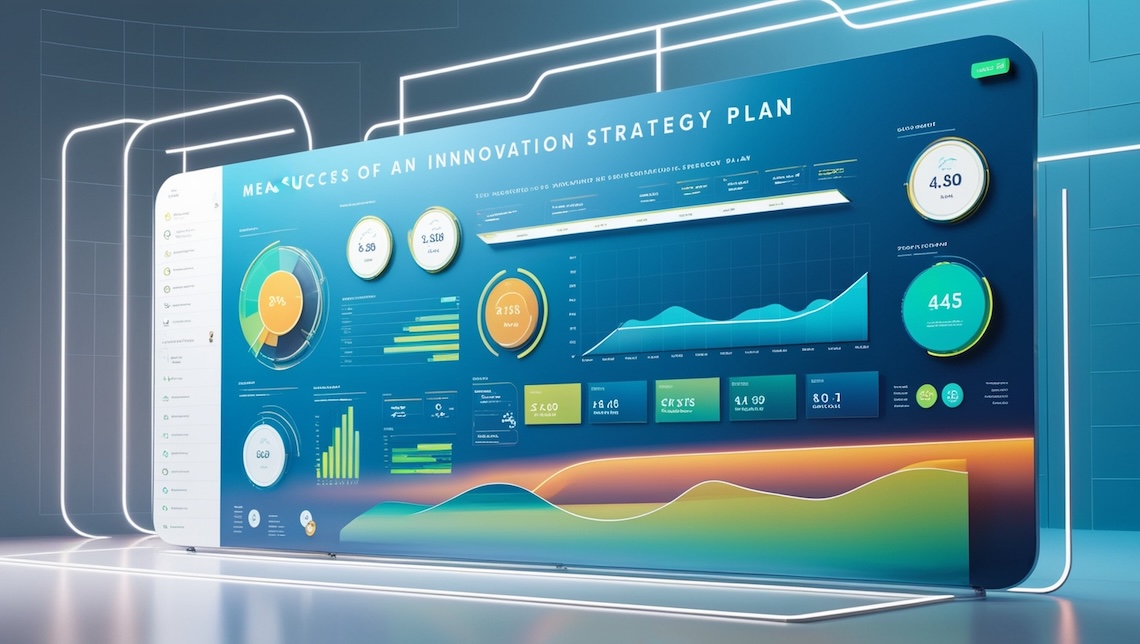

Innovation is often seen as the lifeblood of modern businesses, driving growth, enhancing competitiveness, and ensuring long-term sustainability. However, without a clear understanding of measuring its impact, innovation efforts can become aimless and resources misallocated. This is where metrics and key performance indicators (KPIs) step in, offering a structured way to evaluate the effectiveness of innovation initiatives and their contribution to overall business goals.
Its measure is not just about quantifying success; it’s about gaining valuable insights into what works and what doesn’t. It allows organizations to:
The specific metrics and KPIs that are most relevant will depend on the organization’s goals and the nature of its innovation efforts. It’s essential to select metrics that are:
Measuring innovation is not a one-time activity. It requires a cultural shift within the organization; let’s embrace data-driven decision-making and view innovation as a measurable process.
By embracing a structured approach to measuring innovation, organizations can unlock the full potential of their creative endeavours and achieve sustainable growth.
Innovation is often seen as the lifeblood of modern businesses, driving growth, enhancing competitiveness, and ensuring long-term sustainability. However, without a clear understanding of measuring its impact, innovation efforts can become aimless and resources misallocated. This is where metrics and key performance indicators (KPIs) step in, offering a structured way to evaluate the effectiveness of innovation initiatives and their contribution to overall business goals.
Its measure is not just about quantifying success; it’s about gaining valuable insights into what works and what doesn’t. It allows organizations to:
The specific metrics and KPIs that are most relevant will depend on the organization’s goals and the nature of its innovation efforts. It’s essential to select metrics that are:
Measuring innovation is not a one-time activity. It requires a cultural shift within the organization; let’s embrace data-driven decision-making and view innovation as a measurable process.
By embracing a structured approach to measuring innovation, organizations can unlock the full potential of their creative endeavours and achieve sustainable growth.



